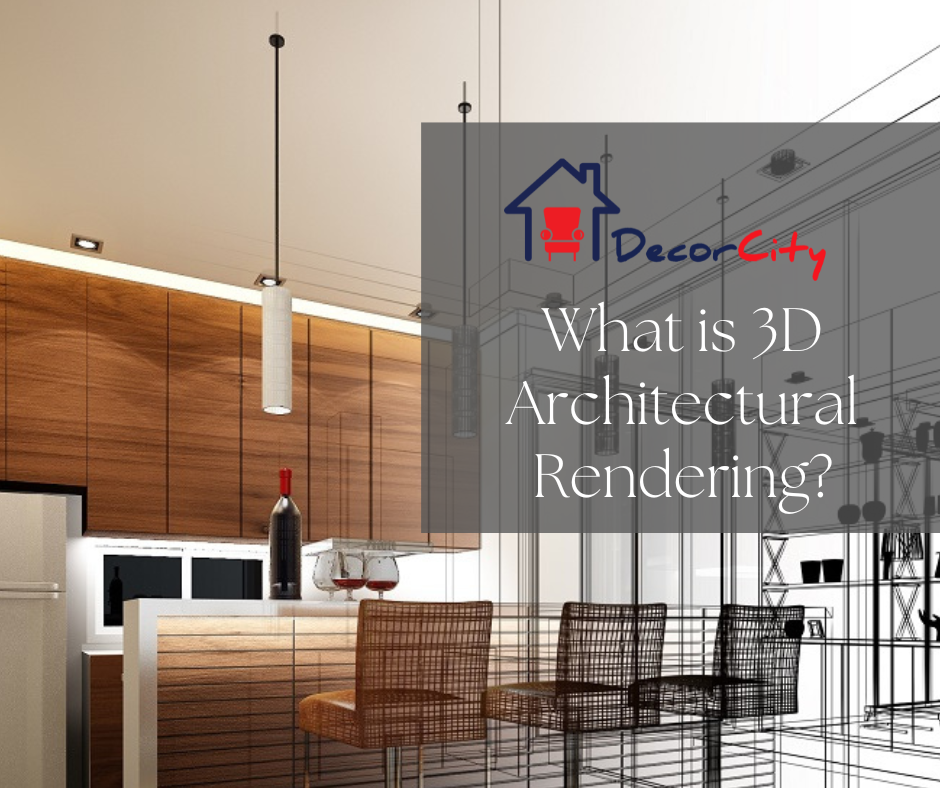architectural design
What is 3D Architectural Rendering?
3D architectural rendering is a technology that has revolutionized the way architects and designers create and present their designs. But what exactly is 3D rendering, and how does it work? In this blog post, we’ll explore the basics of 3D architectural rendering and its applications in the industry.
What is 3D Architectural Rendering?
3D architectural rendering is a process that involves creating a three-dimensional model of a building or space using computer software. The model is then rendered to create a photorealistic image or animation that accurately represents what the final project will look like.
How Does 3D Architectural Rendering Work?
The process of 3D architectural rendering typically involves several steps. First, the architect or designer creates a digital model of the building or space using specialized software. This model can include details such as walls, windows, doors, furniture, and lighting.
Once the model is complete, the designer can then use 3D rendering software to create a photorealistic image or animation of the project. The software uses complex algorithms to simulate light, shadows, and textures, creating an accurate representation of how the final project will look in real life.
Applications of 3D Architectural Rendering
3D architectural rendering has a wide range of applications in the architecture and design industry. Some of the most common uses include:
Presenting Designs to Clients: 3D rendering allows architects and designers to present their designs to clients in a way that is both realistic and easy to understand. Clients can see exactly what the final project will look like, which can help them make informed decisions and provide feedback.
Marketing and Sales: 3D rendering can be used to create marketing materials such as brochures, flyers, and website images that accurately depict the final project. This can help generate interest and attract potential buyers or tenants.
Design Exploration: 3D rendering allows architects and designers to experiment with different design options and see how they look in a realistic environment. This can help identify potential issues or conflicts early on and make adjustments before construction begins.
Visualization: 3D rendering can be used to create virtual tours of buildings or spaces, allowing viewers to explore and experience them in a realistic way.
In conclusion, 3D architectural rendering is a powerful technology that has transformed the way architects and designers create and present their designs. By creating photorealistic images and animations of buildings and spaces, 3D rendering allows for improved communication, faster decision-making, and increased creativity. Its applications in the industry are wide-ranging and can benefit everyone involved in the design and construction process.

